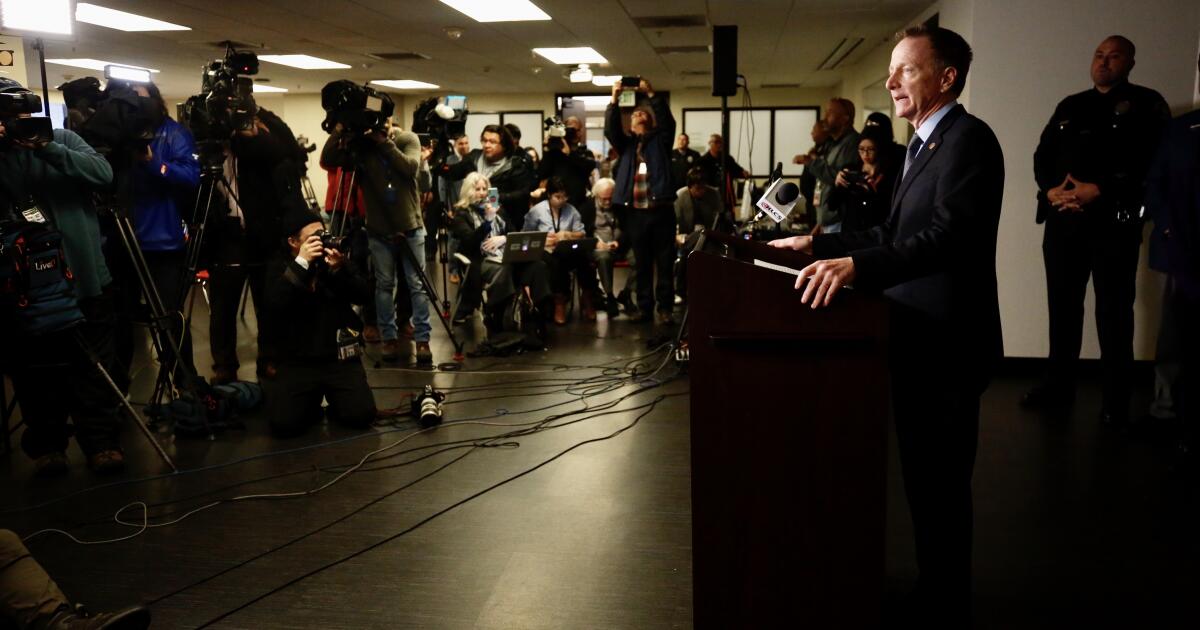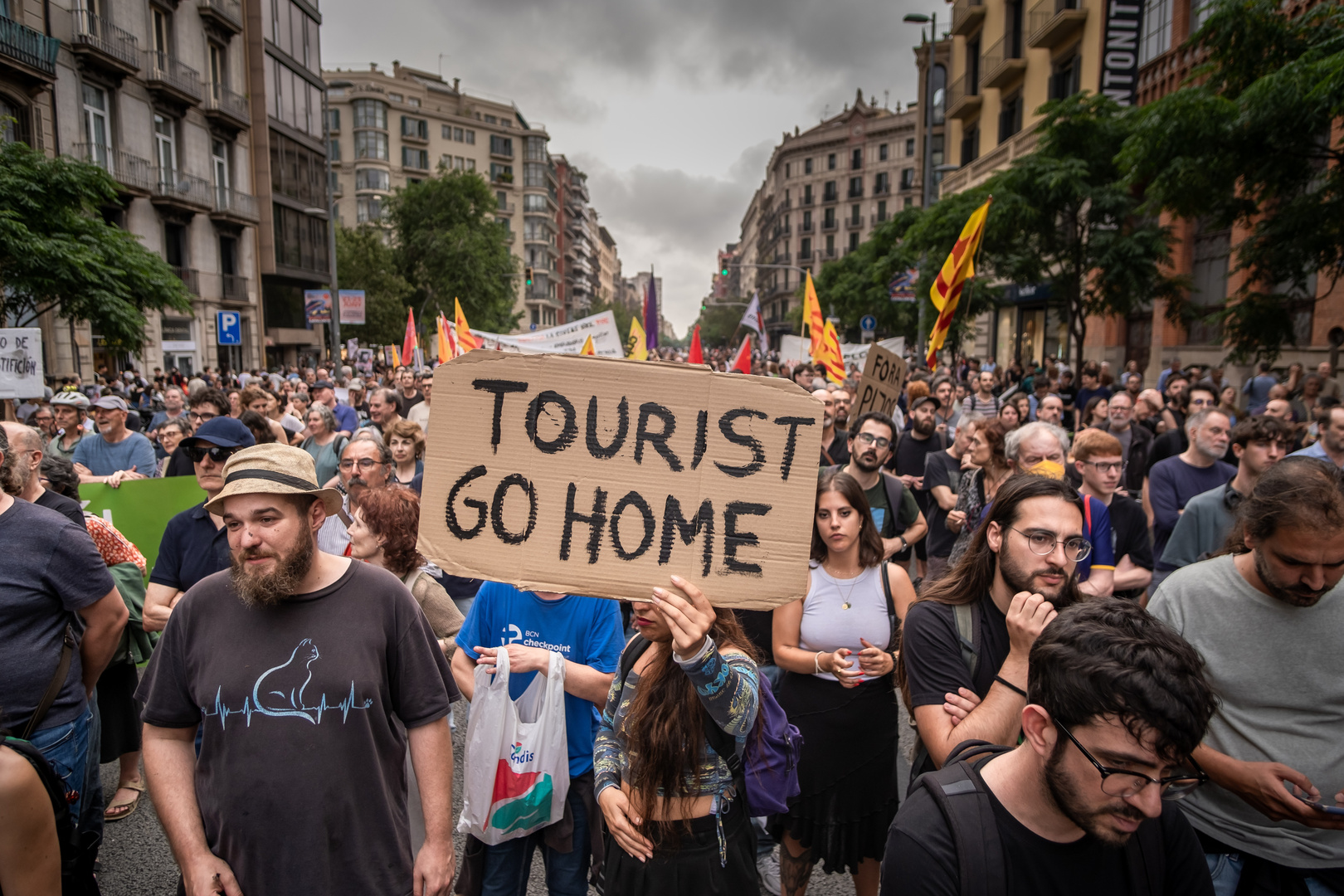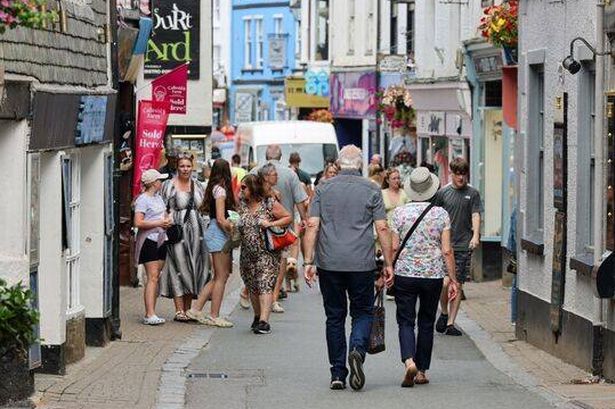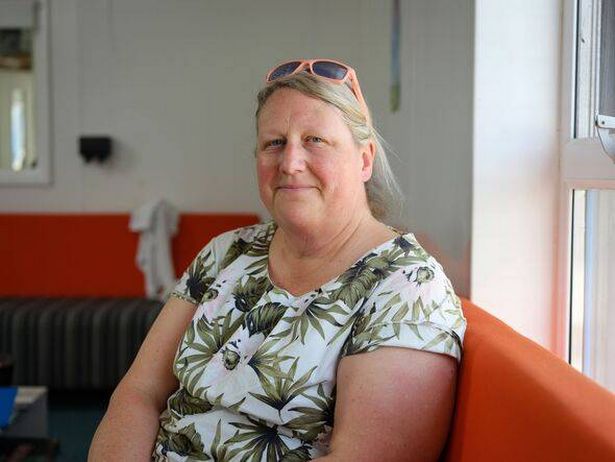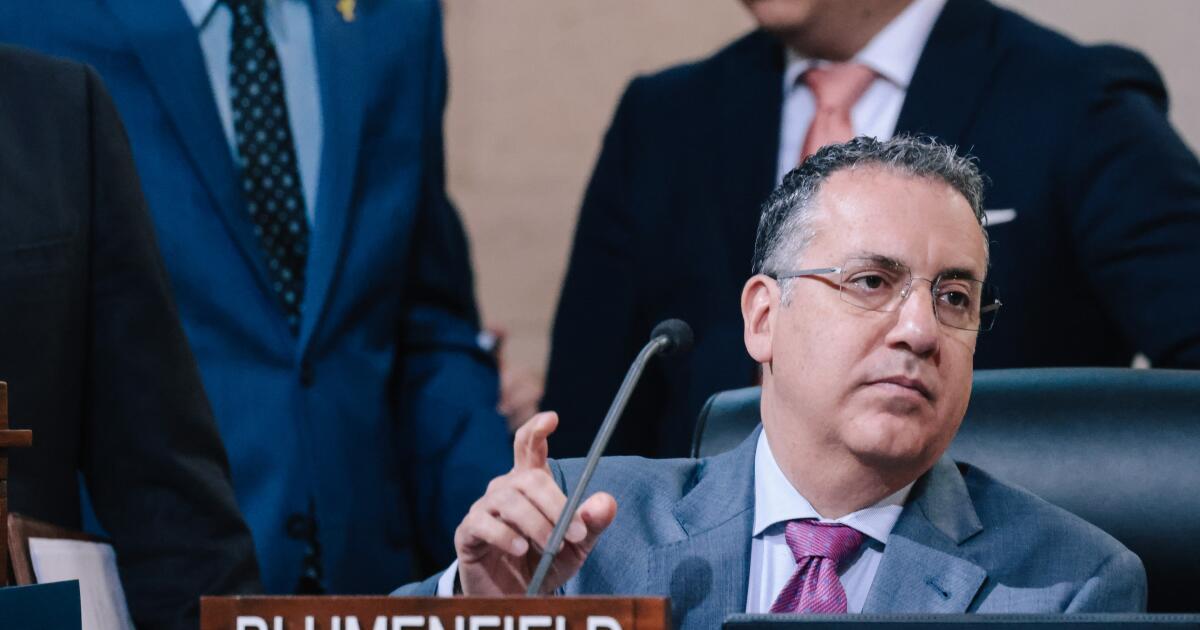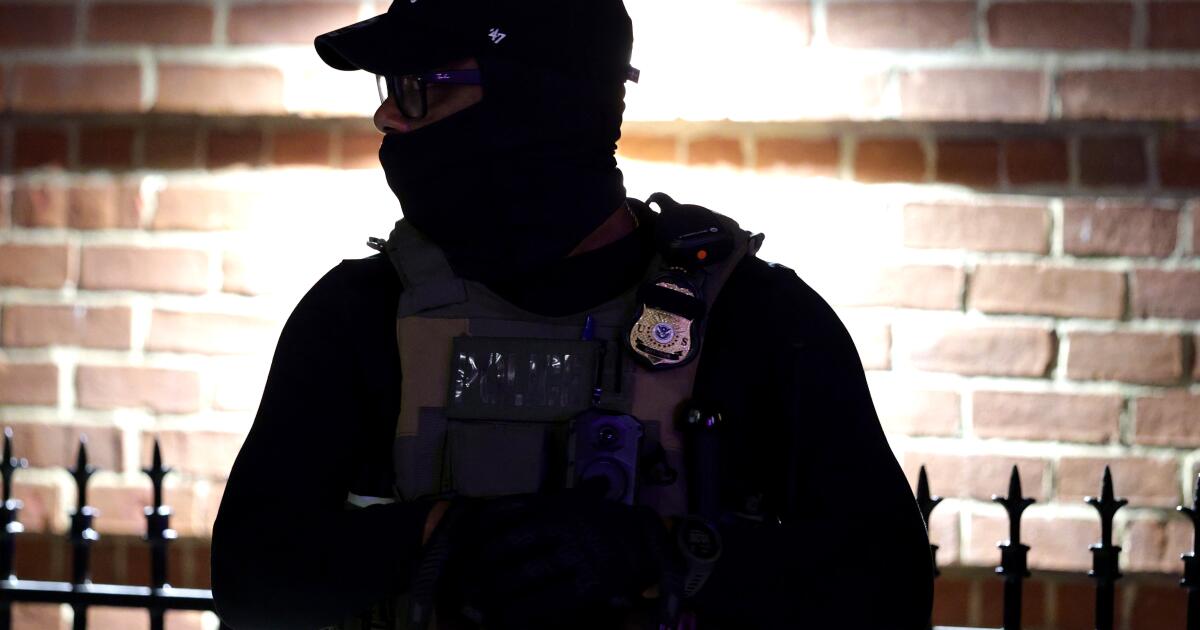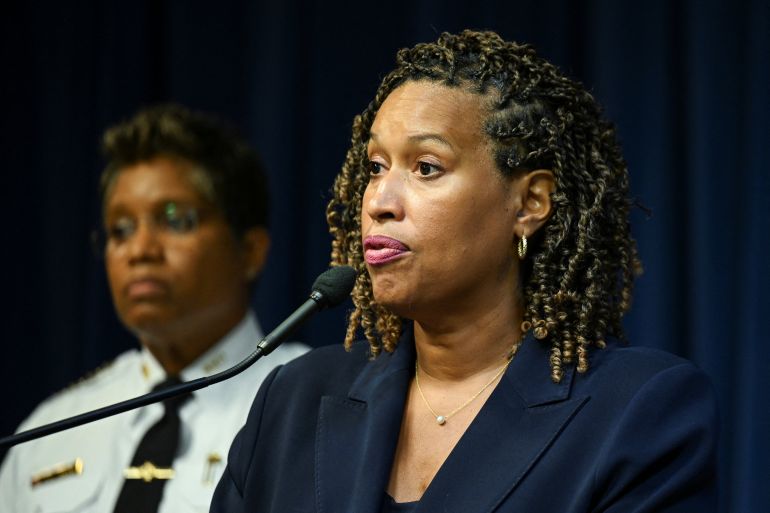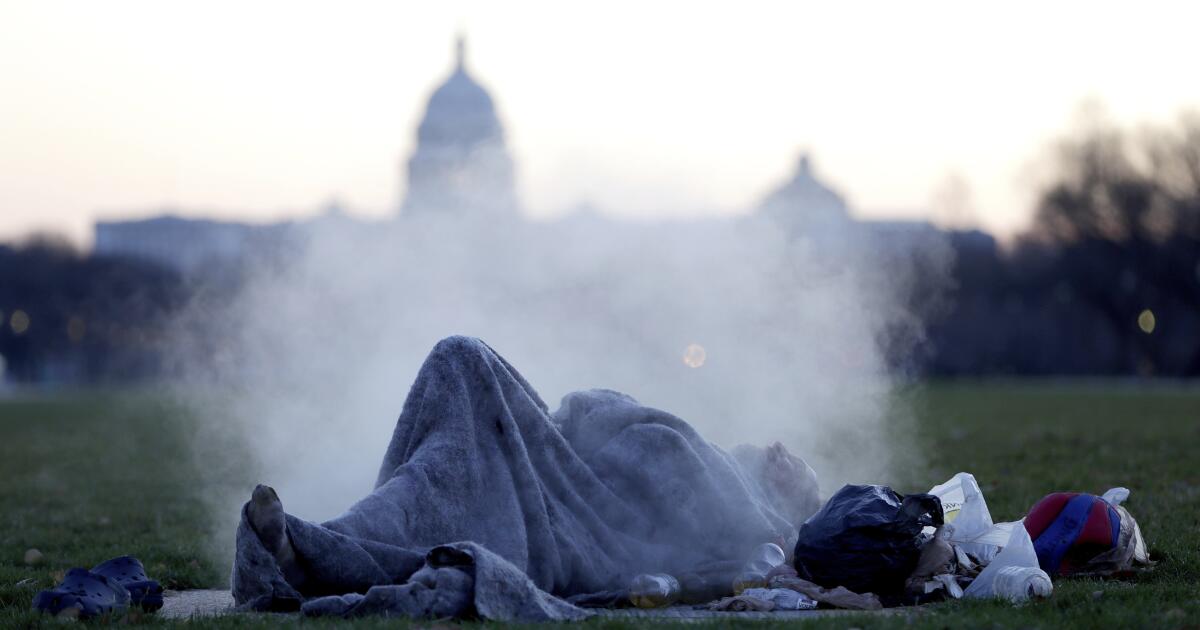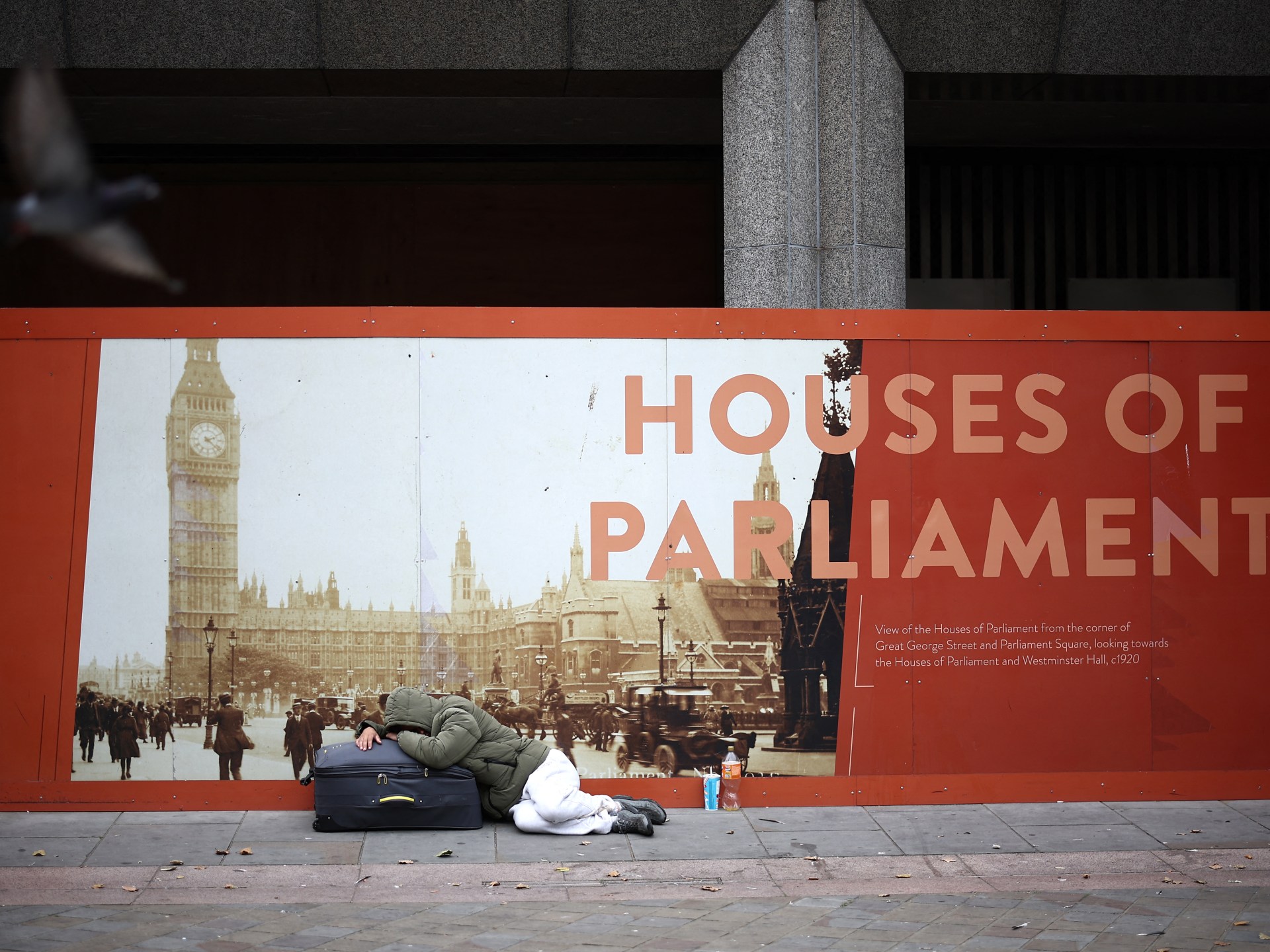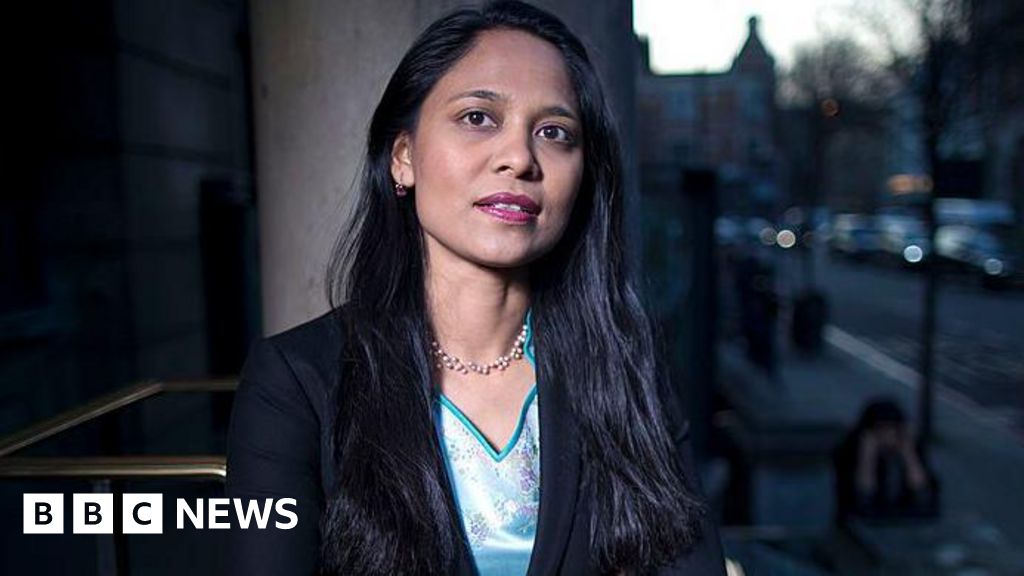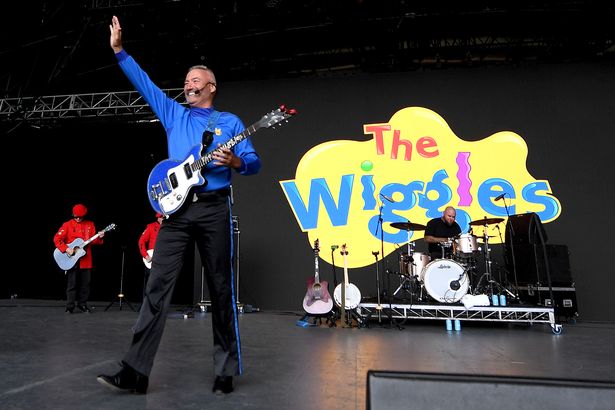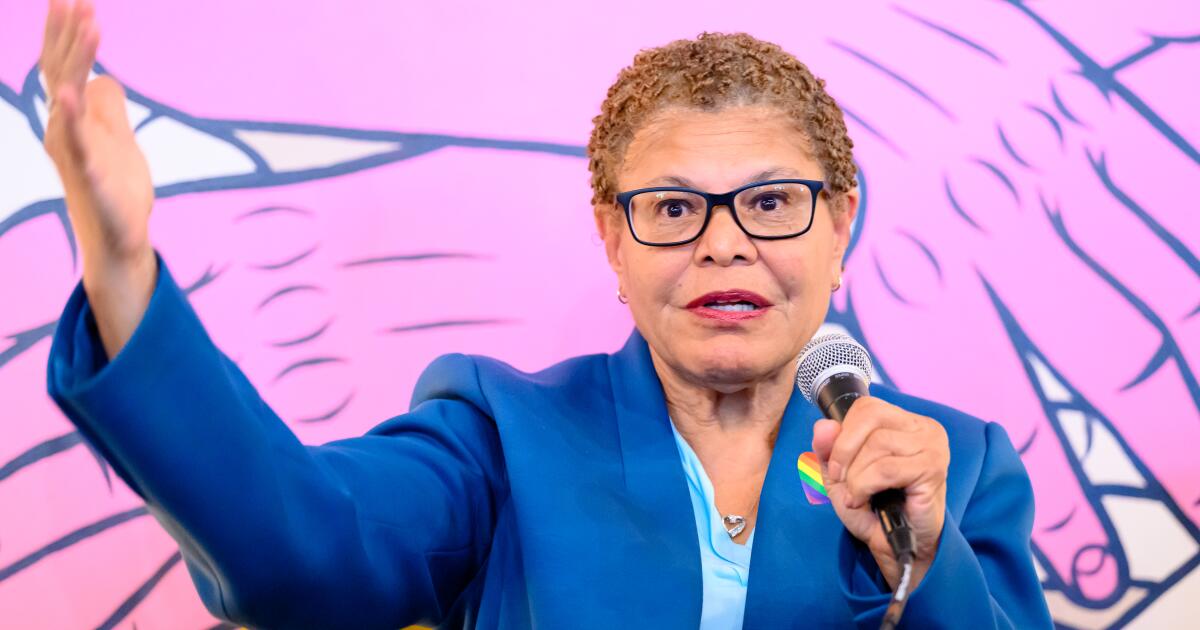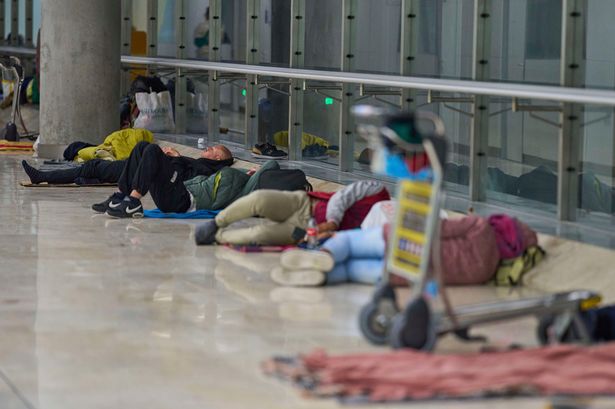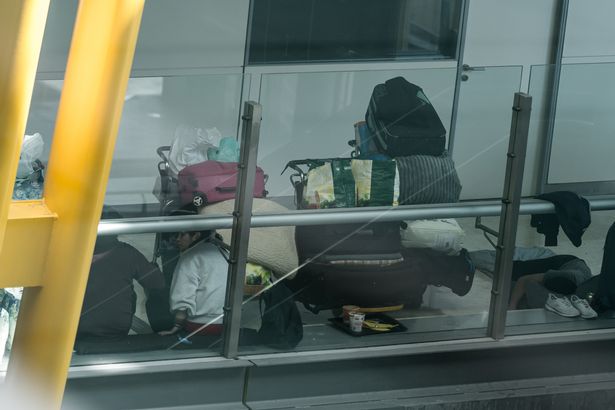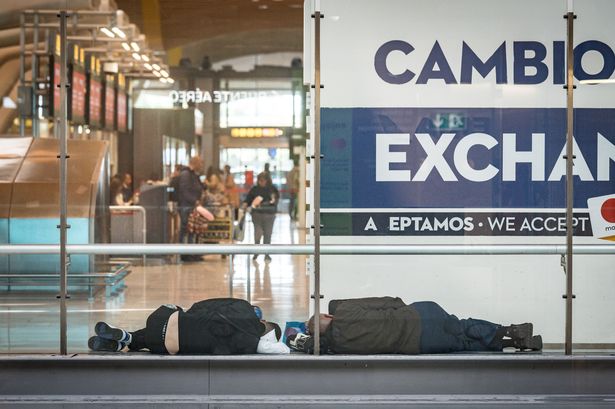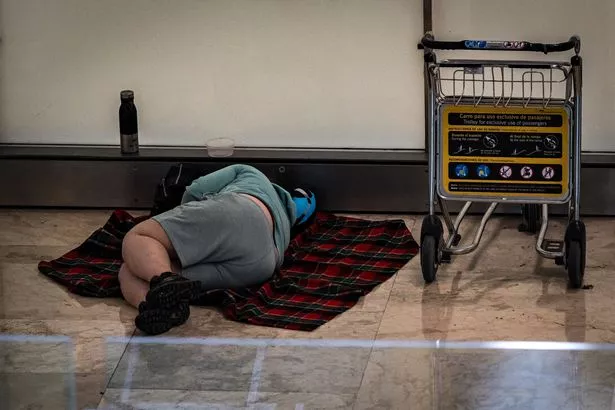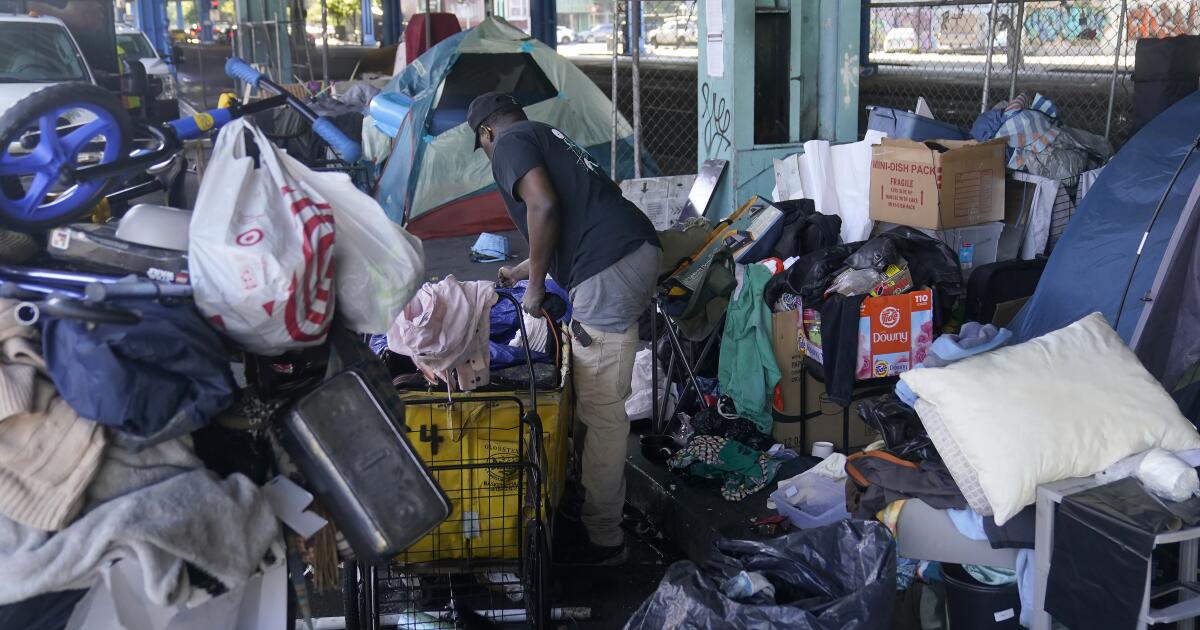The winners moved celebrities, politicians and stars to tears with their stories of courage, bravery and brilliance at the Daily Mirror Pride of Britain Awards
It has been celebrating the very best of everything British for more than quarter of a century. And once again it was the children of courage and incredible stories of bravery in adversity which moved a host of celebrities, actors and sport stars to tears at the 26th Daily Mirror Pride of Britain awards, with P&O Cruises.
The Prime Minister Sir Keir Starmer was there with his wife Victoria to pay tribute to the long line of unsung heroes as they received the recognition they so richly deserve. At just 12 years old, Luke Mortimer typified what the night is all about when he received his Child of Courage trophy.
Luke had all his limbs amputated after contracting meningococcal meningitis septicaemia in 2019. Yet still he thought of others. The audience at the Grosvenor House Hotel gave him a huge round of applause as they heard how he had donated thousands for children with disabilities, through his extraordinary fundraising activities.
READ MORE: Pride of Britain Awards 2025: Amy Dowden and GK Barry lead the red carpet glam
In 2024, he climbed Pen-y-ghent with his mum Christine and brother Harry, 15, meeting his dad Adam and a team of 19 who were climbing the National Three Peaks and Yorkshire Three Peaks. They raised almost £20,000 to help fund prosthetics for Luke and help other child amputees. He told his loved ones that we should all “concentrate on the future” as he set about helping others.
His favourite TV stars Ant and Dec sent a special message to Luke, who told host Carol Vorderman of his motto when life was tough: “Hope for a good time and try and make it happen.”
His dad Adam added: “We are massively proud of him, he takes everything in his slightly smaller stride.”
Marcus Skeet, 17, became the first person in the UK to run from Land’s End to John O’Groats as he fought back from a suicide attempt at the age of 15. He had obsessive compulsive disorder, and became a carer for his dad, who was diagnosed with early onset dementia.
Marcus admitted: “It shattered my heart.” After his suicide attempt, it was a ‘miracle’ that he had survived. Known as ‘the Hull Man’, with 350,000 followers on social media, he watched cars go by as he got caught in a rainstorm, with 790 miles to go in his epic run.
Marooned in a layby, soaked through, he still became a record breaker, raising £164,560 for mental health charity Mind, with his dad there to see him at the end. “I will remember that for the rest of my life,” said Marcus.
His incredible feat took a combination of supreme dedication and endurance and he joked: “I hate running.” Dr. Sarah Hughes, CEO at Mind paid tribute, saying: “His story reads like a film script, courage, loss, hope, and relentless determination.
“But Marcus isn’t a character; he’s a real-life hero.” Pub landlord comedian Al Murray revealed he had been inspired by Marcus to raise money for Mind. Looking for donors in the audience, he said: “Whether you are an actor or a rock star, you cannot fail to be moved by this night.”
Personal trainer Javeno McLean, 40, met his heroes as his work for the disabled, ill and elderly was recognised with the P&O Cruises Inspiration award.
Former world champion heavyweight David Haye joined legends of the ring Frank Bruno and Barry McGuigan to hand over the coveted trophy. They heard how Javeno has been offering free fitness sessions to the needy at his J7 Gym in Manchester.
At 16, he offered to train a boy in a wheelchair who was struggling in the gym. Since then, Javeno has been devoted to creating a friendly and inclusive gym space for all. He told the judges: “When you include people you empower them.”
Haye said it was an ‘honour’ to be chosen to give him the award. On a night of awe-inspiring stories, PCs Yasmin Whitfield, Cameron King and Inspector Moloy Campbell were recognised for their extraordinary bravery.
They answered an emergency call on an ‘ordinary’ working day which almost turned out to be their last. By the time they confronted sword attacker Marcus Arduini Monzo in Hainault, East London on April 20,2024, he had already killed Daniel Anjorin, 14.
Despite having no Taser or pepper spray, Pc King drew his baton and stood between the killer and Yasmin, who suffered horrific slash injuries.
Insp Campbell also suffered a slash wound to his hand after he confronted Monzo in a car park and ran at him, baton drawn. Other officers were able to deploy their Tasers and subdue the killer. PC King ‘stood between Yas and Monzo’, who ran off, before being cornered by cops. He said: “I remember just thinking, I can’t let him finish her off’. I put myself between Yas and him. I thought ‘we’re going to die in this alleyway.'” Insp Campbell admitted: “When I challenged Mr Monzo, I knew it may be the last decision I would ever make.” Monzo was later jailed for life with a minimum term of 40 years. In 2016, footy coach Asha Ali Rage 46, set up her community club, determined to use sport to protect youngsters from gangs. The aptly named Dream Chasers FC in Small Heath, Birmingham has since become a vital hub for her local community.
Asha received her award from England’s ‘Golden Gloves’ World Cup keeper Mary Earps who has done so much to raise the profile of sport for women; Asha’s Special Recognition Award was for “changing the lives” of the young stars of the future. Leanne Pero MBE, 30, won another recognition award for The Movement Factory community dance company which she founded when she was just 15. Londoner Leanne, who survived breast cancer, also started Black Women Rising, a cancer support group that has raised more than £1m to fund support and advice. She said of surviving cancer: “The worst part was finishing treatment.” Teenager of Courage winner Eagling Zach, 14, who has cerebral palsy and epilepsy, also donated to the Epilepsy Society by walking laps of his garden in the 2020 lockdown. After trolls bombarded him with flashing images to try to trigger a seizure, he campaigned for legislation to protect people with epilepsy online. Zach’s Law was introduced across England, Wales and Northern Ireland in Sept., 2023, making it a criminal offence, with a maximum five-year jail term, to troll anyone with epilepsy to deliberately cause a seizure. Zach has now launched a petition to ‘make a difference’ and try to ensure public transport is more accessible for disabled people. For Sally Becker, 63, helping those most in need in society has been her life’s work.
She first went to Bosnia in 1993 to help the victims of war. Tasked with taking aid to a hospital, she found herself evacuating sick and injured children in an old Bedford van.
She has now spent more than three decades helping children in besieged areas, such as Gaza, Syria, Afghanistan and Ukraine.
In 2016, she founded Save a Child, providing medical treatment for kids in conflict areas. And she launched a mobile tele-medicine programme connecting local doctors with paediatric specialists. She said: “We have saved thousands of children.”
Georgie Hyslop, 15, was thrilled to be made the Good Morning Britain Fundraiser of the year. In 2023, when Georgie, then 15, was diagnosed with Ewing sarcoma, a rare cancer in the bones, she donated her tissue to Cancer Research. She raised more than £55,000 for hospitals and charities.
Through 14 rounds of chemo and 33 of radiation, Georgie gave cards with encouraging messages, known as “pocket hugs”, to fellow patients, and dressed up as Spider-Man to cheer up a four-year-old patient having radiotherapy.
Georgie, 17, from Ardrossan, Ayrshire, went into remission in July 2024, but the cancer returned earlier this year. She said: “I have lots of fundraising planned and lots to look forward to.”
Set up by three music teachers at an additional needs school in 1995, the Ups & Downs theatre group in Hamilton, Lanarkshire, is for young people with Down’s syndrome as well as their families.
Now led by Lorna Leggatt, whose son Ellis, 26, has been a member since he was five, Ups & Downs offers inclusive activities, including music, dance and drama, to around 70 members, who have Down’s syndrome or a sibling with the condition. Audiences leave their shows ‘deeply moved’.
Fellow PoB winner Harry Byrne lost his mother on Christmas Day; her death caused Harry, then 11, to descend into mental health problems, addiction and homelessness. Harry, 24, was helped by local homelessness charity St Basil’s and discovered The King’s Trust Get Started in Outdoor Leadership programme, landing a job in Coventry.
Now supporting young people facing difficulties, through outdoor activities, he hopes to run his own therapy-based coaching service. Harry said: “I didn’t have many role models or access to the support I needed when I was younger. I’m passionate about getting up every morning and providing just that for the next generation.”
RAF hero John Nichol, 61, the navigator from North Shields, North Tyneside who was shot down and captured in Iraq during the first gulf war of 1990, has attended every single one of the Pride of Britain’s 26 award nights. A good friend of the late awards founder Peter Willis, he said: “I was next to Gary Barlow on that first night and had to give him my hankie. I think there is only me and Carol Vorderman who have been to every one.
“Nobody knew what to expect, but it has become the best of the lot.”
Pictures: Rowan Griffiths, Adam Gerrard, Andy Stenning.
* Watch the Daily Mirror Pride of Britain Awards with P&O Cruises on Thursday October 23 at 8pm on ITV1.
READ MORE: Helen Flanagan’s heartbreak as ‘rubbish’ co-parenting ruins Christmas plansREAD MORE: Kate Garraway responds to Tom Daley’s viral side-eye moment on Celebrity TraitorsREAD MORE: Lydia Bright’s poignant foster care connection as she celebrates Pride of Britain kids



